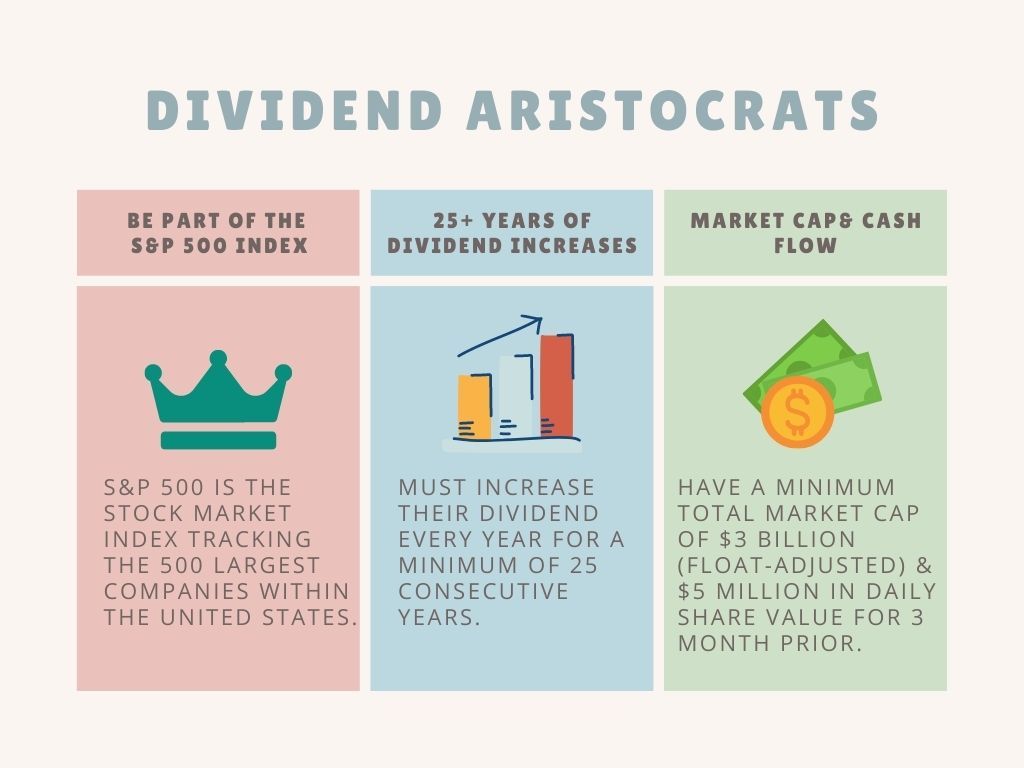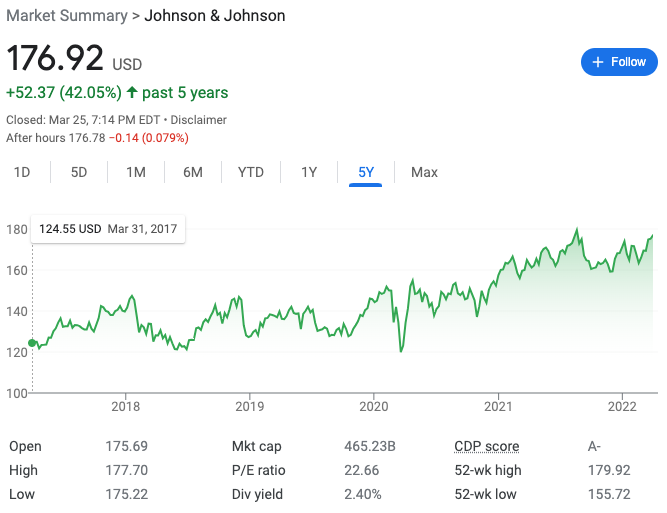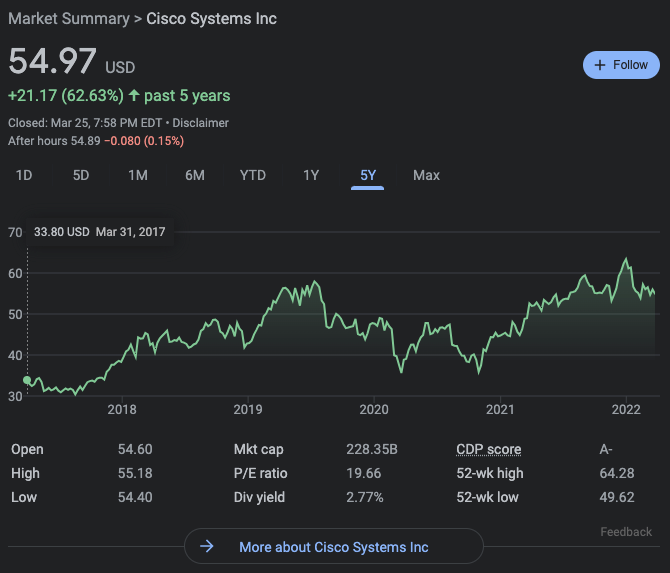Make Passive Income With Dividend Investing

The best way to make money is through passive investing. When your money is working itself in the background, it grows with little to no effort from you. One of the ways I have been utilizing this is through dividend investing.
I first started to get into dividend investing in 2019. I was drawn to the idea of buying companies that would pay me to continue investing in them. This was interesting to me because it essentially meant that I would still bring in income regardless of the company’s stock price volatility.
Let’s discuss why dividends are a great long-term passive investing strategy and how you can utilize them in your portfolio.
What is a dividend?
A dividend is the distribution of some of a company's earnings to a class of its shareholders, as determined by the company's board of directors - Investopedia
Simply put, companies decide to share a portion of the profits they make with their investors. This is done for several reasons, but you can think of it as their way of rewarding you, as the investor, for trusting the company with your money and for your loyalty to them.
Many different companies offer dividends to their shareholders. However, just because a company offers dividends doesn't make it a good long-term investment.
Dividend Aristocrats

When you think of dividend-paying companies, dividend aristocrats are the creme de la creme. These are well-established companies that have been increasing their dividend every single year for a minimum of 25 consecutive years.
That means that those companies continued to pay and increase how much they gave their investors even during recessions and economic declines. That gives me such relief to know that a company will still have my back even during hard times, which will make me invest stress-free.
Let’s take a look at the basic criteria you should be analyzing when choosing which dividend stocks to add to your portfolio. Here are some things to consider when picking dividend stocks:
1. Dividend Yield
This is probably the most misused criteria when deciding on which dividend investment to make. The yield is the financial ratio of (dividend/price). This is basically the percentage return you will make by being paid a company dividend.
Since the yield is in direct correlation to the stock price, it will increase and decrease based on the increase and decrease of the stock price. So, if the stock rises, the yield will decrease. Conversely, if the stock decreases, the yield will increase.
Generally, a dividend yield of 2%-5% is considered strong. Anything above 5% is a great return but can be risky in the long term. I personally stay away from high dividend yield stocks as they are unsustainable and the company can cut the dividend at any time. I personally stay in the 2%-4% range and am very comfortable with stocks in that range.
For instance, Johnson & Johnson (JNJ) is one of my all-time favorite dividend stocks. It has a dividend yield of 2.40%, which signals that it has a strong, sustainable dividend.
If you invested $10,000 in JNJ at a 2.40% dividend yield, then you would be paid out $240 in dividends throughout the year. Now, $240 dollars may not be much in comparison to $10,000, but that is $240 that you did nothing to earn other than hold the stock. That is the beauty of dividends; your money makes you money with no effort on your end.

2. Payout Ratio
Another factor to consider is the company’s payout ratio. This ratio is the total amount of dividends given to shareholders relative to the income of the company. Simply, it is just the percentage of the company’s profits given out to shareholders.
The payout ratio can be an indicator to determine whether a company can sustain its dividend payments or not. Generally speaking, I consider a payout ratio of 40% or less to be good, 40-60% is healthy, and 60% or higher is high/unsustainable.
One great dividend company with a healthy payout ratio is Cisco Systems (CSCO). They have a payout ratio of 53%, which is healthy and sustainable. Their dividend yield is 2.77%, and those two factors together tell me that the company will be able to continue paying me in the near future.

3. Dividend History
When choosing a dividend company, I always look at their dividend growth over the past years. It's important to know if a company has consistently raised its dividends or has been increasing and cutting them depending on its economic growth.
Consistent dividend growth gives me peace of mind that the money I invest will continue to grow in the long run, regardless of whether there is a current decline in the economy. Thus, I would be encouraged to buy more of a dividend stock if it fell during a recession or market correction.
Portfolio Diversification
Now that we have discussed the basics of a good dividend company, it is important to diversify your portfolio among different companies in different sectors of the market. You want to expose yourself to different types of stocks to benefit from the rapid growth of some sectors and the stability of others.
For example, you should spread your money across the following sectors:
- Utilities
- Financials
- Basic Materials
- Technology
- Healthcare
- Industrial
- Consumer Goods
Having exposure to different sectors is important to protect yourself from drastic falls during an economic decline. If you had 80% of your money in technology growth stocks and there was a market correction in that sector, your portfolio would lose half of its value.
Bottom Line
Dividend investing is a great way to invest passively. You can invest money to grow over time by simply holding well-established companies. The great thing is that they provide a steady income when economic growth slows down.
Dividend-paying stocks are also more stable during recessions in comparison to non-paying dividend stocks.
However, understand that dividend-paying companies do not grow as fast as growth stocks. This is because they are paying their investors a portion of their profits instead of reinvesting that money into further growing the company.

